10 cold-hardy plants and how to grow them
Many people dream about flowering garden or balcony but in winter it is difficult to find plants that survive the cold season. The following plants are perfect to add instant colour to winter borders and give life to snowy gardens and landscape!
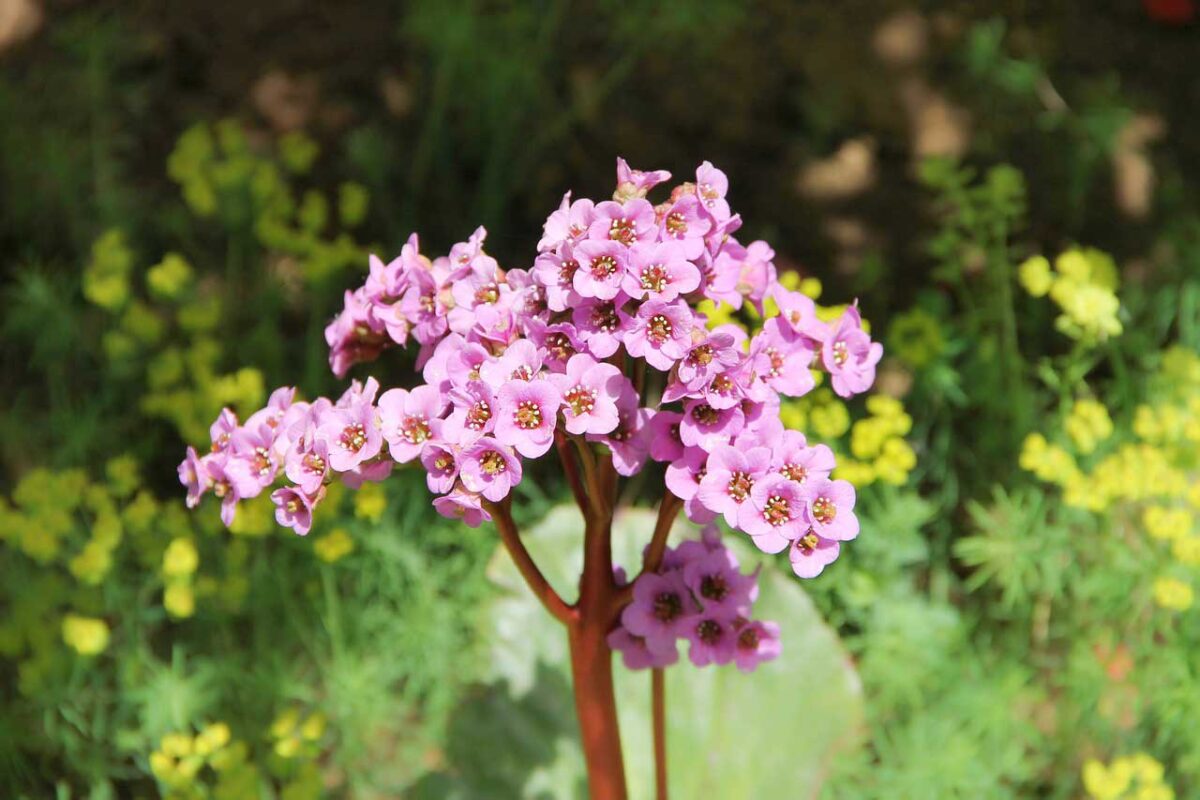
Bergenia
Perennial native to Asia. It adapts well to all types of soil although it prefers those rich in humus, it does not tolerate sandy soil at all.
It prefers to be placed in the shade during the hottest hours. Its flowering starts at the end of January and lasts until spring.
Camellia sasanqua and japonica
Chinese-Japanese origin, it is a hardy evergreen undergrowth plant and therefore prefers half-shade, preferably under a tree. It withstands temperatures well below freezing but cannot tolerate snow on its leaves or gusts of wind. The soil should be preferably acidic and never limey.
The plant flowers from November to March and the shape of the flower varies depending on the species.
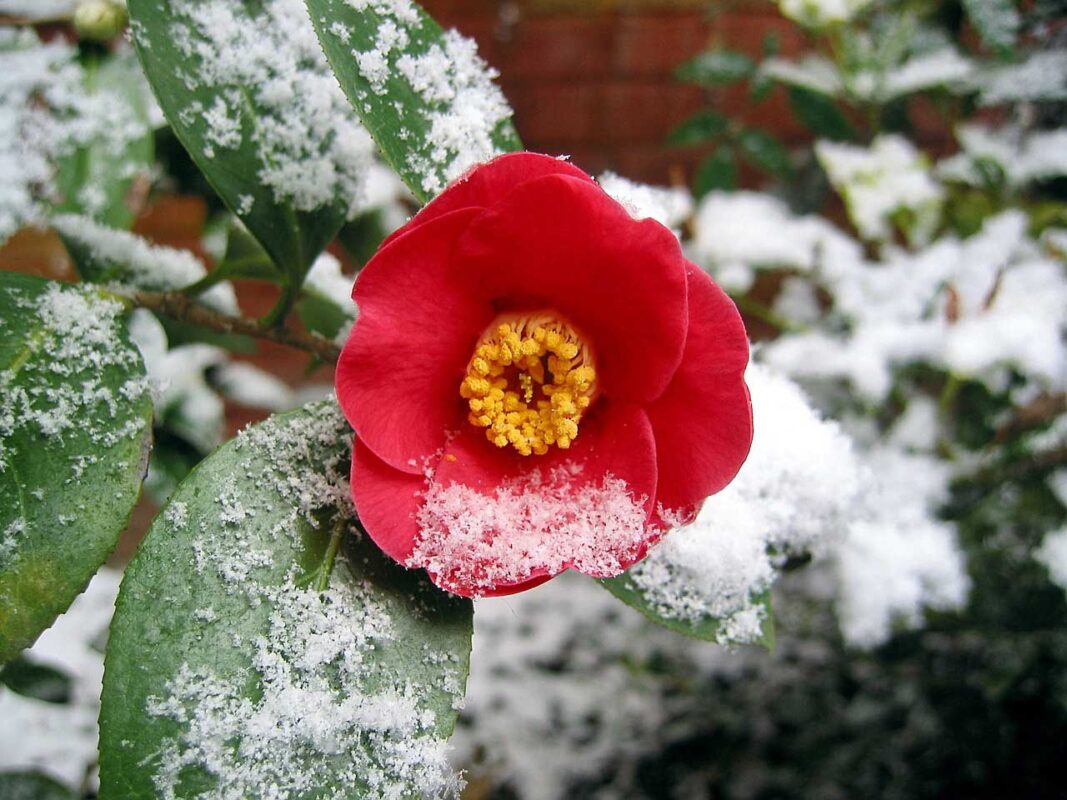
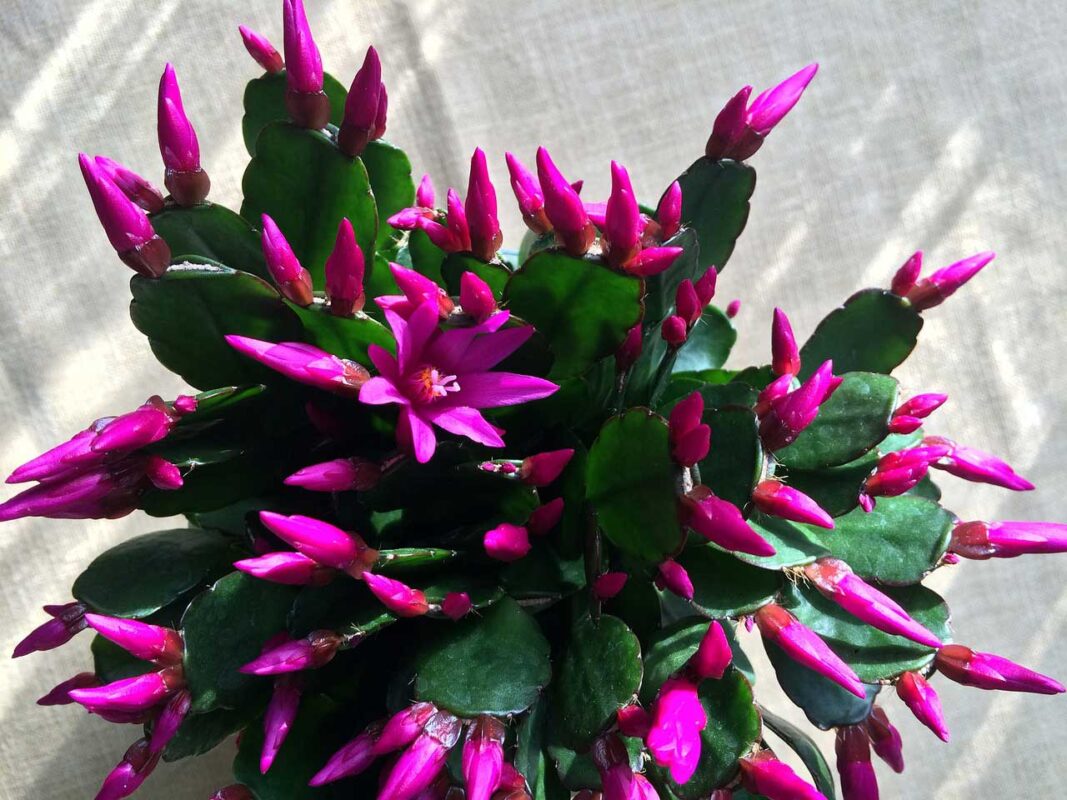
Christmas cactus
Native to Brazil, a plant that flowers between December and January. It does not like stagnant water so it is recommended to put a layer of expanded clay at the bottom of the pot.
It prefers a soil with an acid pH or peat base. The pot should be placed in a bright place, the plant does not tolerate direct sunlight and temperatures below 10°C.
Chrysanthemum
Perhaps one of the most common plants that bloom in winter time. It flowers from September to February, with colours ranging from white to red. It prefers sunny exposure and does not suffer from low temperatures as long as it is mulched.
This plant needs well-drained, sandy soil, preferably with a neutral if not slightly alkaline pH.
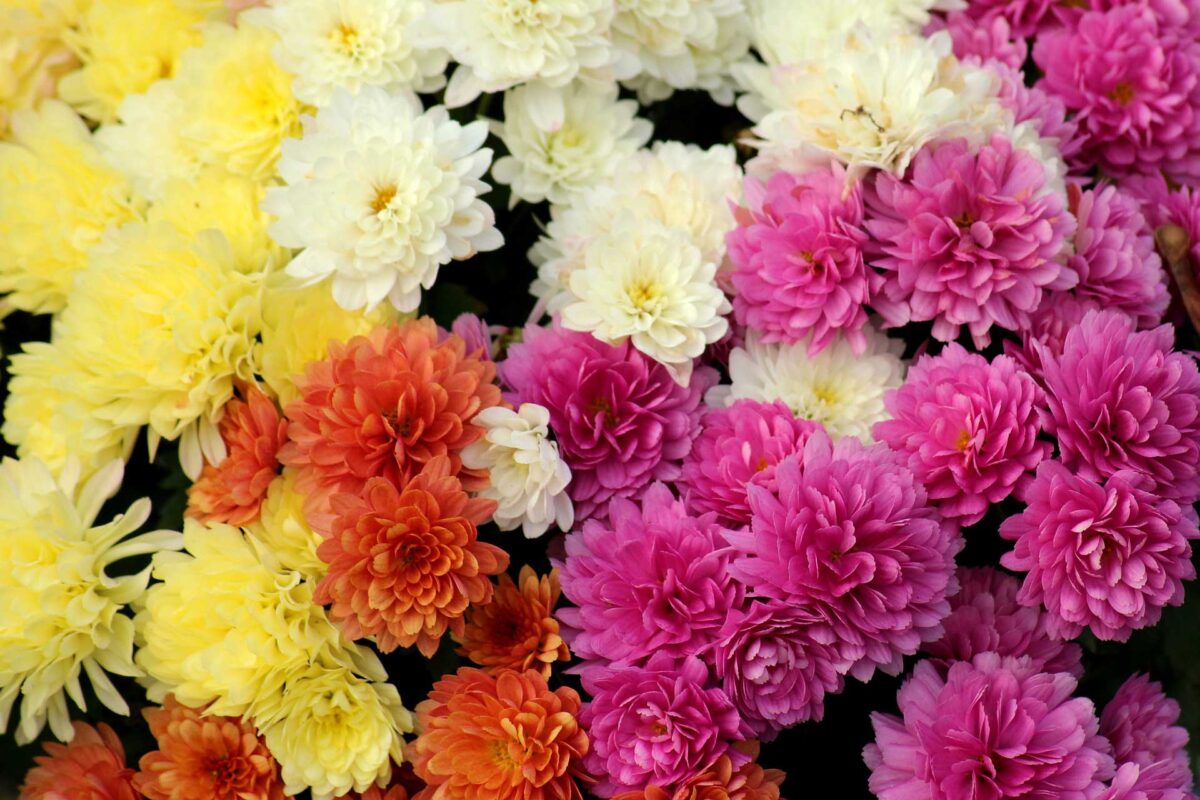
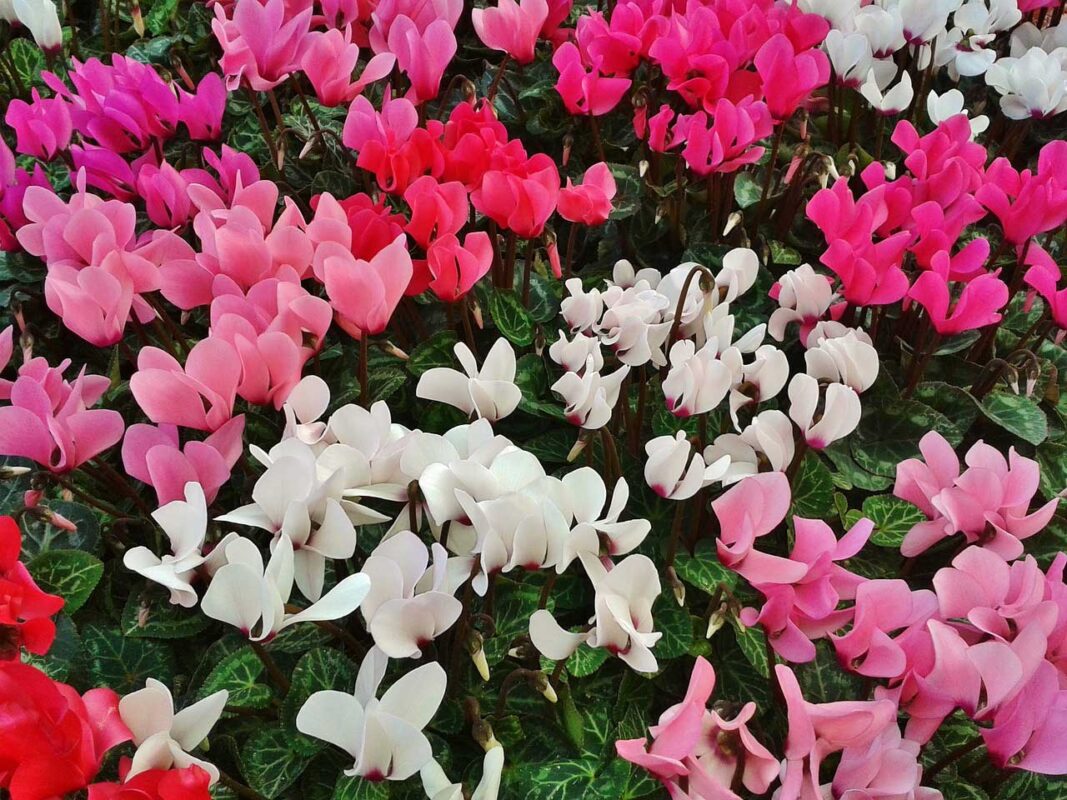
Cyclamen
Cyclamen prefer shady areas outdoors, they’re perennials and do well as ground covers. They like to be under deciduous trees so they can soak up winter sun but be protected from summer’s heat. The plant prefers acidic and rich soil, so it is good to remember to add fertilizer if transplanted. During flowering from October to March, watering should be abundant.
Darley's heather
A perennial shrub that loves sun and humus-rich, acidic soil.
The flowering period is between November and April, it does not tolerate temperatures below 0 °C.
Its flowers are small and really nice with a wide range of colours: red, lilac, yellow…you are spoilt for choice.

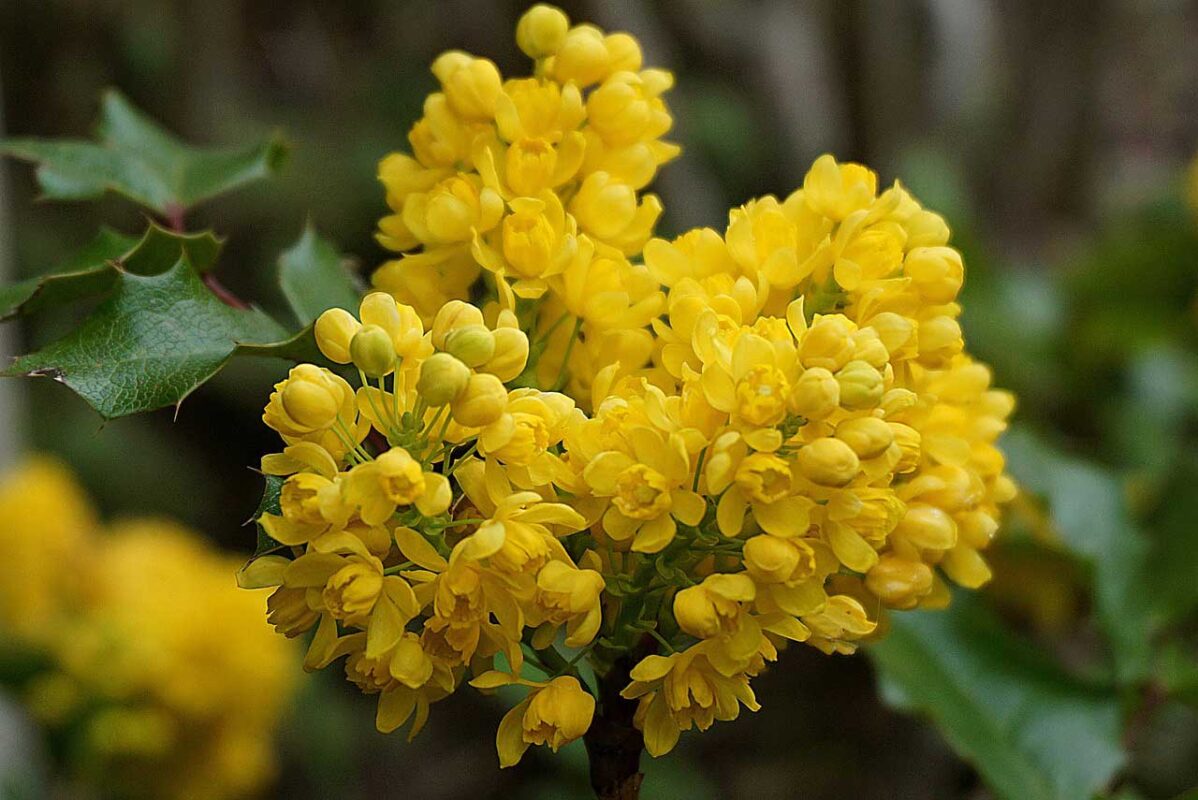
Mahonia x media 'charity’
This plant prefers fresh, nutrient-rich soil. It appreciates both a half-shade and full sun exposure. Bloom in winter, starting from December to January, with golden flowers that turn into blue berries in summer. It tolerates temperatures as low as -12°C well, but it is recommended to protect young plants by using an insulating mulch.
Viburnum
Evergreen shrub prefers a sunny position, but also adapts to half-shade. It makes no particular demands on the soil, but if kept in pots it prefers well drained and fresh.
Flowering occurs from November until March, with clusters of pink-magenta buds opening into white flowers.
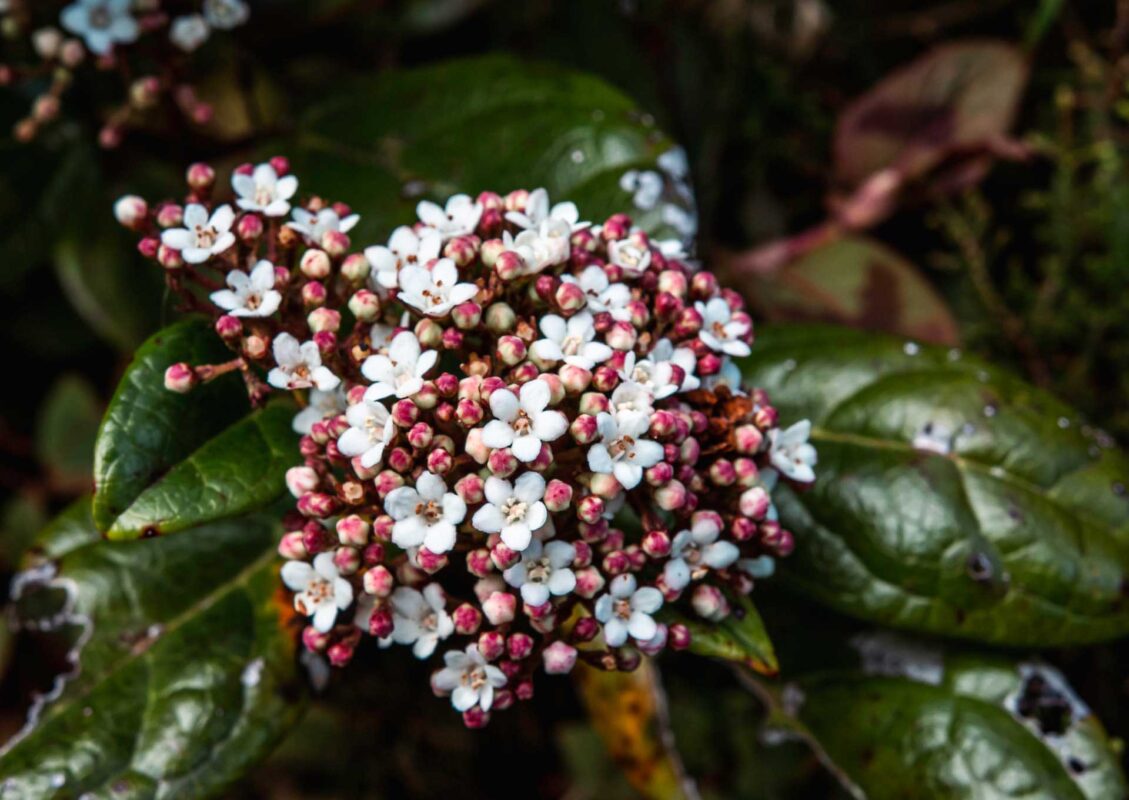
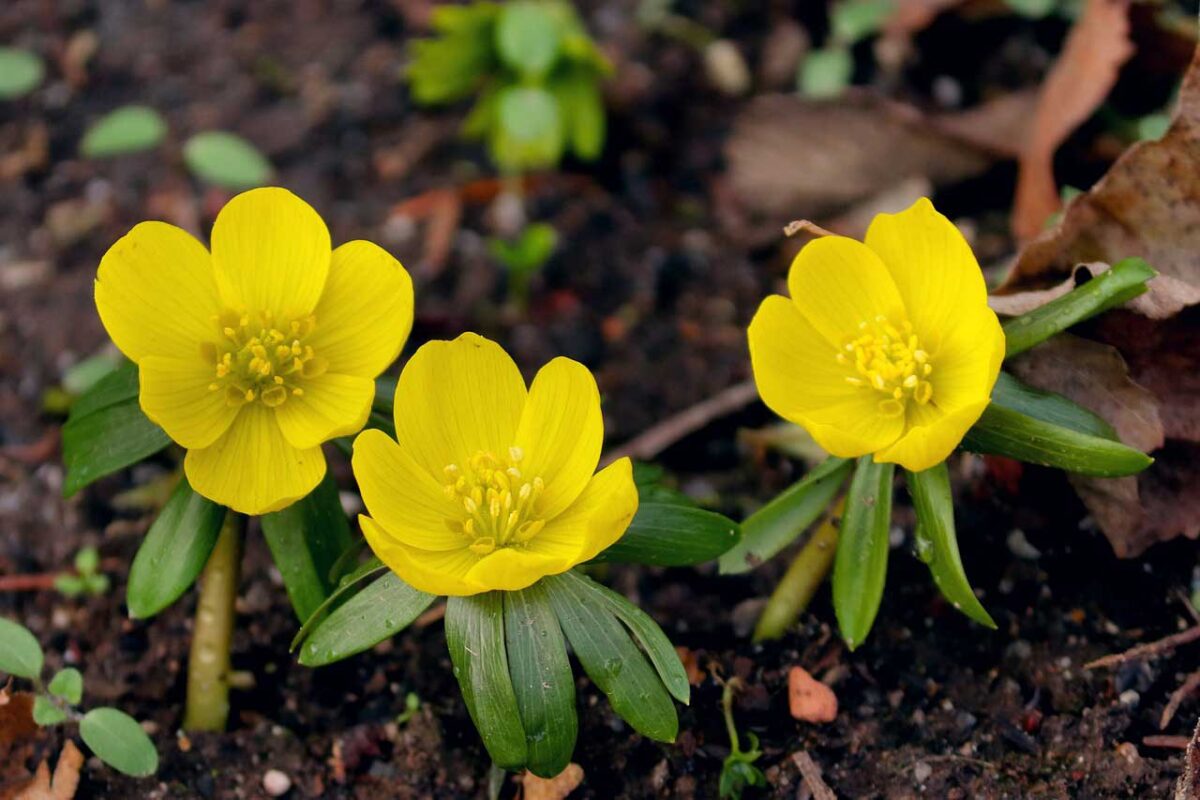
Winter wolfsbane or Eranthis
Native to Asia and Europe, they are hardy hardy plants.
It prefers sunny or semi-shady exposures, and the soil it prefers is rich in organic matter and well drained.
The bulbs should be planted between August and September and will flower from January to February.
Witch hazel
Native to Japan, this plant can appear as a shrub or a tree depending on the species. It likes half-shade and prefers neutral soils rich in humus. It prefers a humid environment.
Flowering depends on the species, but generally from October to March. It produces golden and purplish-red flowers.

Final tips
Before planting the bulbs you can soak them in lukewarm water for a day to encourage root development.
You now have all the information you need to have and maintain a winter flowering garden!


 Italiano
Italiano